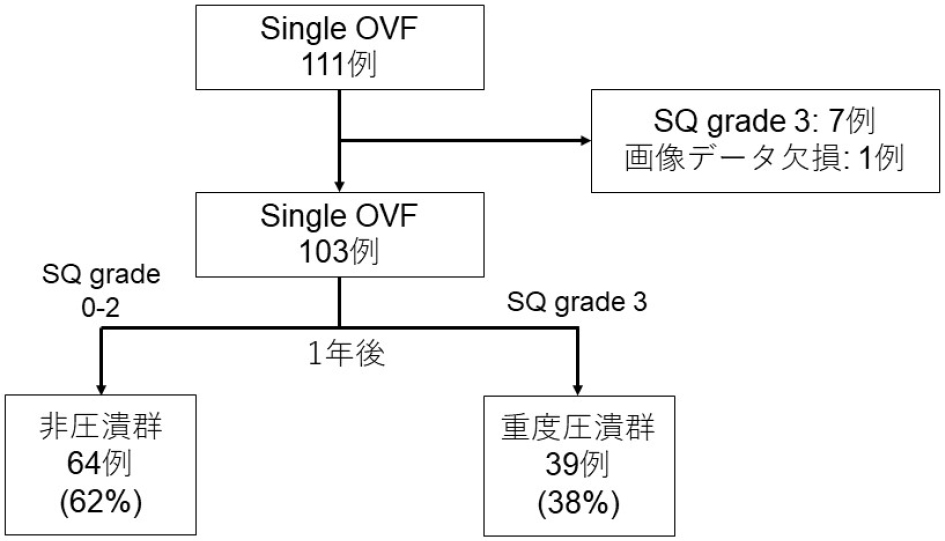Volume 16, Issue 2
Displaying 1-6 of 6 articles from this issue
- |<
- <
- 1
- >
- >|
Editorial
-
2025Volume 16Issue 2 Pages 48-49
Published: February 20, 2025
Released on J-STAGE: February 20, 2025
Download PDF (359K)
Original Article
-
2025Volume 16Issue 2 Pages 50-57
Published: February 20, 2025
Released on J-STAGE: February 20, 2025
Download PDF (1420K) -
2025Volume 16Issue 2 Pages 58-64
Published: February 20, 2025
Released on J-STAGE: February 20, 2025
Download PDF (1179K) -
2025Volume 16Issue 2 Pages 65-71
Published: February 20, 2025
Released on J-STAGE: February 20, 2025
Download PDF (1034K) -
2025Volume 16Issue 2 Pages 72-77
Published: February 20, 2025
Released on J-STAGE: February 20, 2025
Download PDF (1161K)
Secondary Publication
-
2025Volume 16Issue 2 Pages 78-86
Published: February 20, 2025
Released on J-STAGE: February 20, 2025
Download PDF (1394K)
- |<
- <
- 1
- >
- >|





